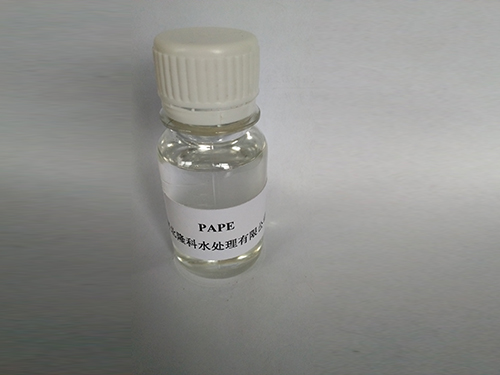coagulation and flocculation
Coagulation and Flocculation Essential Processes in Water Treatment
Water is an indispensable resource for human health, sustainability, and industrial processes. However, the presence of various impurities and contaminants in natural water sources necessitates efficient treatment methods to ensure safe consumption. Among these treatment processes, coagulation and flocculation stand out as fundamental techniques for purifying water. Understanding these processes is crucial for anyone involved in environmental science, water management, or engineering.
Understanding Coagulation
Coagulation refers to the process of destabilizing suspended particles in water, allowing them to aggregate. This is typically achieved by adding coagulants, which are chemicals that neutralize the charges on particles. Common coagulants include aluminum sulfate (alum), ferric chloride, and polyaluminum chloride. These substances react with water to form small sticky particles called microflocs. The most critical aspect of coagulation is that it enables the colloidal particles, which are usually too small and stable to settle out on their own, to begin clumping together.
The effectiveness of coagulation depends on several factors including pH, temperature, the type and dosage of coagulant used, and the characteristics of the water being treated. For instance, the optimal pH range for coagulation with alum is typically between 6 and 8. Outside this range, the coagulation efficiency may significantly decrease.
The Flocculation Process
Once coagulation has formed microflocs, the next step is flocculation. Flocculation involves the gentle stirring of the water to encourage these microflocs to collide and form larger aggregates known as flocs. This step is vital because larger flocs settle more easily during the subsequent sedimentation process. The flocculation phase can be achieved through slow mixing, which allows for the aggregation of microflocs without breaking them apart.
Typically, flocculants, which are often long-chain organic polymers, are added to enhance the flocculation process. These flocculants help bridge the gaps between smaller flocs and bind them into larger, more manageable aggregates. This step is crucial in the water treatment process, as it greatly increases the efficiency of subsequent removal processes.
coagulation and flocculation

Importance in Water Treatment
The combined processes of coagulation and flocculation play a crucial role in water treatment plants, particularly in the removal of turbidity, organic matter, and pathogens. Turbidity refers to the cloudiness of water caused by suspended solids, which can harbor bacteria and other microorganisms. By effectively removing these solids, coagulation and flocculation not only improve water clarity but also enhance the microbiological quality of the water.
Additionally, these processes are essential for the removal of heavy metals and other harmful contaminants. In industrial wastewater treatment, coagulation and flocculation can aid in the removal of pollutants, thus reducing environmental impacts. Moreover, they play a vital role in various industries such as food processing, pharmaceuticals, and chemical manufacturing.
Challenges and Innovations
Despite their effectiveness, coagulation and flocculation face challenges such as the varying characteristics of water sources, the potential environmental impact of chemical coagulants, and the need for precise control of chemical dosages. Recent innovations in water treatment technologies are addressing these challenges. One promising avenue is the development of bio-coagulants derived from natural materials, which can offer a more sustainable and eco-friendly alternative to traditional chemical coagulants.
Furthermore, advancements in monitoring technologies allow treatment facilities to optimize coagulation and flocculation processes through real-time data analysis. This leads to enhanced efficiency and cost-effectiveness, minimizing chemical usage and waste generation.
Conclusion
Coagulation and flocculation are essential processes in the water treatment landscape. They enhance the quality of water by removing particulates and contaminants, ensuring safe and clean water for consumption and industrial use. As we continue to face water scarcity and quality issues, ongoing research and innovations in these processes will be critical to developing effective and sustainable water treatment solutions. Understanding and improving coagulation and flocculation will not only advance environmental protection but also promote public health and safety worldwide.
-
2 Phosphonobutane 1,2,4 Tricarboxylic Acid (PBTCA): Superior Scale & Corrosion InhibitorNewsAug.31,2025
-
Dodecyldimethylbenzylammonium Chloride: High-Purity DisinfectantNewsAug.30,2025
-
2-Phosphonobutane-1,2,4-Tricarboxylic Acid: Scale & CorrosionNewsAug.29,2025
-
Premium Isothiazolinones | Broad-Spectrum Biocidal SolutionsNewsAug.28,2025
-
LK-319 Special Scale And Corrosion Inhibitor For Steel Plants: Advanced Solutions for Industrial Water SystemsNewsAug.22,2025
-
Flocculant Water Treatment: Essential Chemical Solutions for Purification ProcessesNewsAug.22,2025





